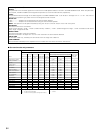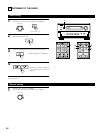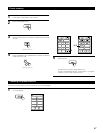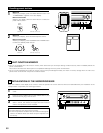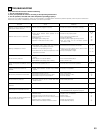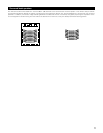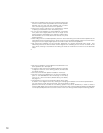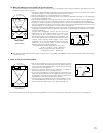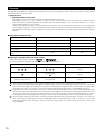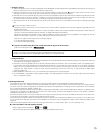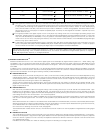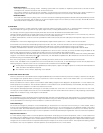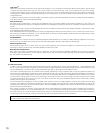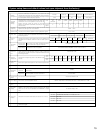
72
• Set the front speakers, center speaker and subwoofer in the
same positions as in example (1).
• It is best to place the surround speakers directly at the side
or slightly to the front of the viewing position, and 60 to 90
cm above the ears.
• Same as surround back speaker installation method (1).
• Connect the surround speakers to the surround speaker A
jacks on the AVR-5803 and set all settings on the setup
menu to “A”. (This is the factory default setting. For details,
see page 17.)
• The signals from the surround channels reflect off the walls
as shown on the diagram at the left, creating an enveloping and realistic surround sound presentation.
For multi-channel music sources however, the use of bipolar or dipolar
speakers mounted at the sides of the listening position may not be satisfactory in order to create a
coherent 360 degree surround sound field. Connect another pair of direct radiating speakers as described
in example (3) and place them at the rear corners of the room facing towards the prime listening position.
• Set the front speakers with their front surfaces as flush with
the TV or monitor screen as possible. Set the center speaker
between the front left and right speakers and no further
from the listening position than the front speakers.
• Consult the owner’s manual for your subwoofer for advice
on placing the subwoofer within the listening room.
• If the surround speakers are direct-radiating (monopolar)
then place them slightly behind and at an angle to the
listening position and parallel to the walls at a position 60 to
90 centimeters (2 to 3 feet) above ear level at the prime
listening position.
• When using two surround back speakers, set them at the back facing front and with both speakers at the
same distance from the listening point. When using one surround back speaker, place it at the rear center
facing the front at a slightly higher position (0 to 20 cm) than the surround speakers.
• We recommend installing the surround back speaker(s) at a slightly downward facing angle. This
effectively prevents the surround back channel signals from reflecting off the monitor or screen at the
front center, resulting in interference and making the sense of movement from the front to the back less
sharp.
•



